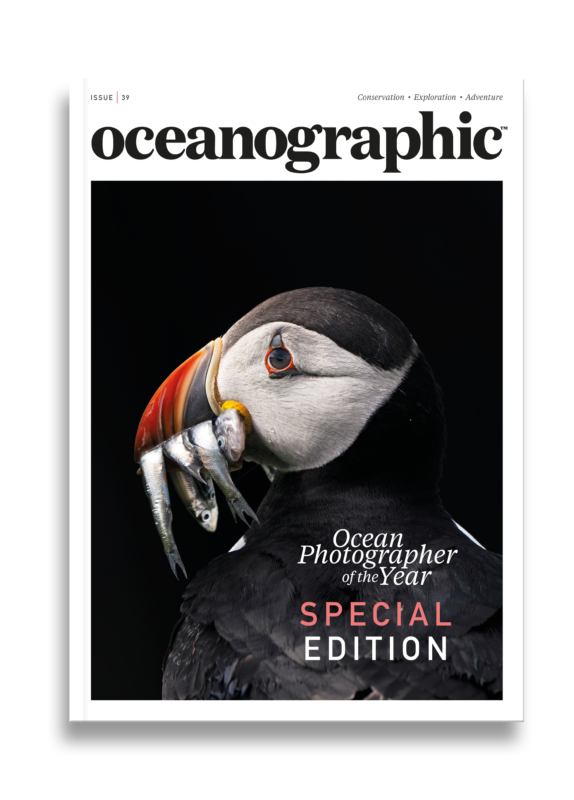US welcomes ban on all seafood linked to marine mammal bycatch
Conservation groups have reached an agreement which means from January 1, 2026 imported seafood linked to the bycatch of marine mammals, including whales, dolphins, and seals, will no longer be allowed into the US market.
A new ban on seafood that fails to meet requirements and new standards for protecting marine mammals is to come into effect across the United States from January next year, following months of campaigning for increased protections for some of the most threatened species of whales, dolphins, and seals.
In an agreement reached among conservation groups in the US, the new regulation will enforce protections on marine mammals at threat of entanglement in fishing gear used in foreign waters while also levelling the playing field for US fishers who are required to meet these same stringent requirements in domestic waters.
It means that from January 1, 2026 imported seafood linked to the bycatch of marine mammals, including whales, dolphins, and seals, will no longer be allowed into the US market.
“Today’s agreement will ensure some relief for threatened marine mammals suffering from bycatch, level the playing field for fishermen working hard to protect marine mammals, and give consumers more confidence that the seafood they consume does not needlessly kill the whales and dolphins they love,” said Zak Smith, a senior attorney at the Natural Resources Defense Council (NRDC).
The settlement, reached in the US Court of International Trade, stems from a lawsuit filed by the NRDC alongside the Center for Biological Diversity and the Animal Welfare Institute against the US Department of Commerce, National Marine Fisheries Service, the US Department of the Treasury, and the US Department of Homeland Security.
The focus of the lawsuit was to stem the flow of marine mammal bycatch linked to the seafood brought into the US market from foreign waters.
Each year, more than 650,000 whales, dolphins, and other marine mammals are caught and killed in fishing gear around the globe. These animals are unintentional ‘bycatch’ of commercial fisheries and either drown or are tossed overboard to die from their injuries. Bycatch is currently one of the greatest conservation threats to marine mammal populations around the world.

“I’m relieved other nations will finally be pressured to prevent whales and dolphins from getting caught in fishing nets. Entanglement is a huge threat to these animals’ survival,” said Sarah Uhlemann, international programme director at the Center for Biological Diversity.
“The United States has the power to use its enormous seafood market to help the world’s oceans, and it’s about time we started.”
The United States is, in fact, the world’s largest seafood importer, bringing in more than $25.5 billion a year worth of seafood products. The imports come from more than 130 nations and include shrimp, tuna, and other finfish. Around 80% of seafood consumed in the United States is imported, most commonly from China, Norway, Ecuador, Chile, and India.
Since 1972, the US Marine Mammal Protection Act has prohibited the United States from allowing seafood to enter the country unless exporting nations meet the same standards applied to US fishers, aimed at eliminating marine mammal bycatch. The US government, however, largely ignored the provision until 2016, when it established a process for deciding which fisheries to ban.
The government has, however, delayed banning any noncompliant seafood. Until now.
“This settlement marks a significant step forward for marine mammal welfare,” said Georgia Hancock, programme director and senior attorney for the Animal Welfare Institute’s Marine Wildlife Programme.
“Bycatch not only affects marine mammal populations but also raises serious animal welfare concerns. While most animals entangled in fishing gear die by drowning, those who escape often suffer prolonged injuries, such as cuts, broken bones, or amputations, and die weeks or months after their entanglement.”


"*" indicates required fields
Printed editions
Current issue
Back issues

Back Issues
Issue 39 Special Edition: OPY2024

Back Issues
Issue 37 Wild Alaska: River & Ocean
Enjoy so much more from Oceanographic Magazine by becoming a subscriber.
A range of subscription options are available.








